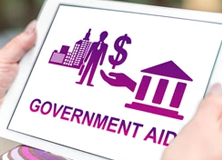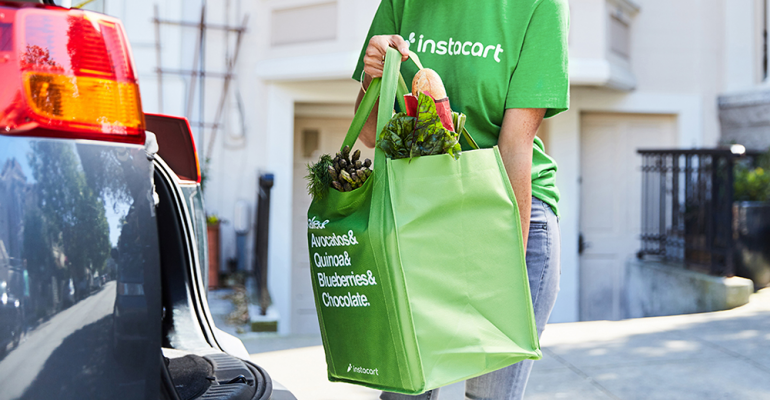Cash Assistance Programs in Minnesota
Guide to Obtaining Cash Assistance in Minnesota
The state of Minnesota offers several government assistance programs for individuals and families who are struggling financially. These programs aim to help with living expenses like rent, utilities, and food supplies, and are typically granted based on income and family size. In order to best support you, this guide aims to elucidate the state programs that provide monetary aid, the qualifications for these programs, how and where to apply, the estimated time of aid processing, repayment details if any, and how the aid can be spent.
1. What are the government programs that help people in need of money?
There are several government programs in Minnesota that offer financial assistance. Among them include the following:
- Minnesota Family Investment Program (MFIP)
- Diversionary Work Program (DWP)
- General Assistance (GA)
- Emergency General Assistance (EGA)
- Minnesota Supplemental Aid (MSA)
2. Who qualifies for these programs?
Each assistance program has specific eligibility criteria:
- MFIP is for low-income families with children. The financial eligibility depends on income and family size.
- DWP is for families that are new applicants for cash assistance and who are capable of finding employment relatively quickly. The program runs for four months.
- GA is for childless adults who cannot work due to age, infection, or disability. The applicant resources must be under $10,000.
- EGA serves as an emergency fund for individuals who fall under the GA or MFIP but are faced with pressing situations like utility cut-offs or evictions.
- MSA provides financial assistance to aged, blind, and disabled individuals with limited income and resources.
3. How do people go about getting assistance in each of those programs?
Typically, you can apply for these programs through your local county human services office. You can also apply online via the Minnesota Department of Human Services website. Application requires completing forms and providing necessary documents to demonstrate your financial situation and other eligibility criteria.
4. How long does it take?
It generally takes 30-45 days to process an application for these assistance programs. However, Emergency General Assistance applications might be expedited, given the urgency of the needs.
5. Do you have to pay the money back?
No, you generally do not have to pay back the funds you receive from these programs. They are intended to provide support for individuals and families in need, not create additional financial burdens in the form of loans.
6. What can the money be used for?
The money received from these assistance programs can cover a variety of living expenses. This includes, but is not limited to, rent payments, utility bills, groceries, transportation costs, and medical expenses. It is essential to use this assistance for these basic needs and handle the money responsibly.
7. How much money could you get?
The amount of money you may qualify for depends on various factors, including your income, family size, and specific program. Monthly MFIP benefits for a family of three, for example, can go up to around $532. It is best to contact your local human services office or check the Minnesota Department of Human Services website for the most accurate information relevant to your circumstances.
While these programs offer significant support, it's important to remember that they are designed to act as a stepping stone towards financial independence. Take advantage of the resources provided, including job assistance programs, to reduce financial stress and improve your situation over time.

 2022-07-07
2022-07-07
 2022-10-04
2022-10-04